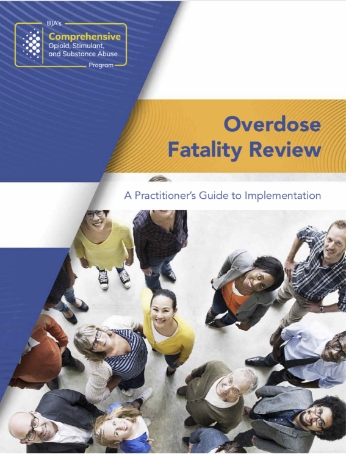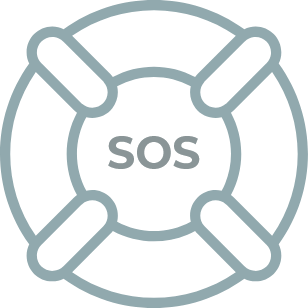OFR Practitioner's Guide Menu
Overview
In practice, overdose fatality review (OFR) involves a series of confidential individual death reviews by a multidisciplinary team to effectively identify system gaps and innovative community-specific overdose prevention and intervention strategies.
Guide design
It is designed for multiple audiences including public health, public safety, criminal justice, drug treatment, and social services. The goal of the toolkit is to provide the reader with the needed information to build a successful OFR process with a strong foundation in coalition, data collection, and prevention.

This guide is a companion document to the Center for Disease Control’s Public Health and Safety Teams (PHAST) toolkit. Both OFR and PHAST encourage multidisciplinary collaboration by using the data-driving “SOS” process. In this context, SOS stands for shared understanding, optimized capacity, and shared accountability.

Shared understanding. OFRs increase members’ understanding of area agencies’ roles and services as well as the community’s assets and needs, substance use and overdose trends, current prevention activities, and system gaps.

Optimized capacity. OFRs increase the community’s overall capacity to prevent future overdose deaths by leveraging resources from multiple agencies and sectors to increase system-level response.
Shared accountability. OFRs continually monitor local substance use and overdose death data as well as recommendation implementation activities. Status updates on recommendations are shared at each OFR team meeting and with a governing committee, reinforcing accountability for action.
Explore More








